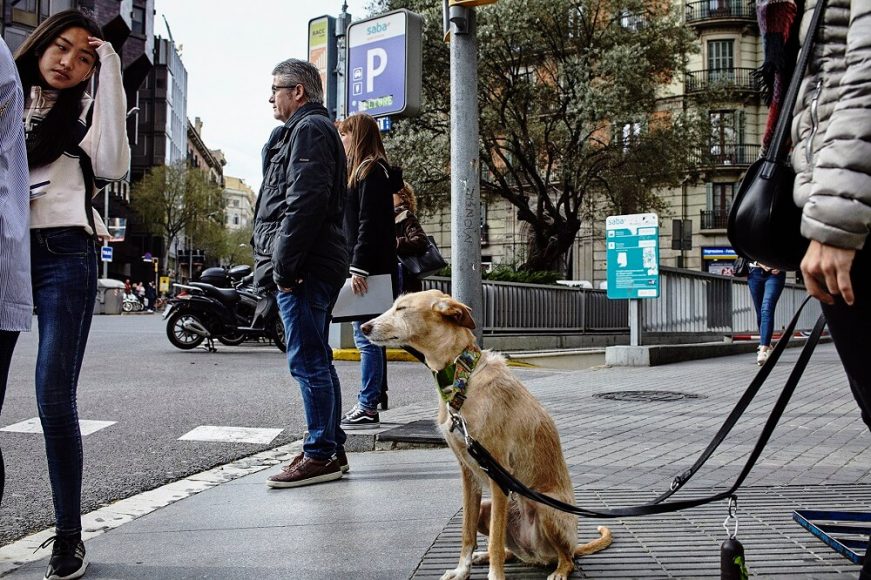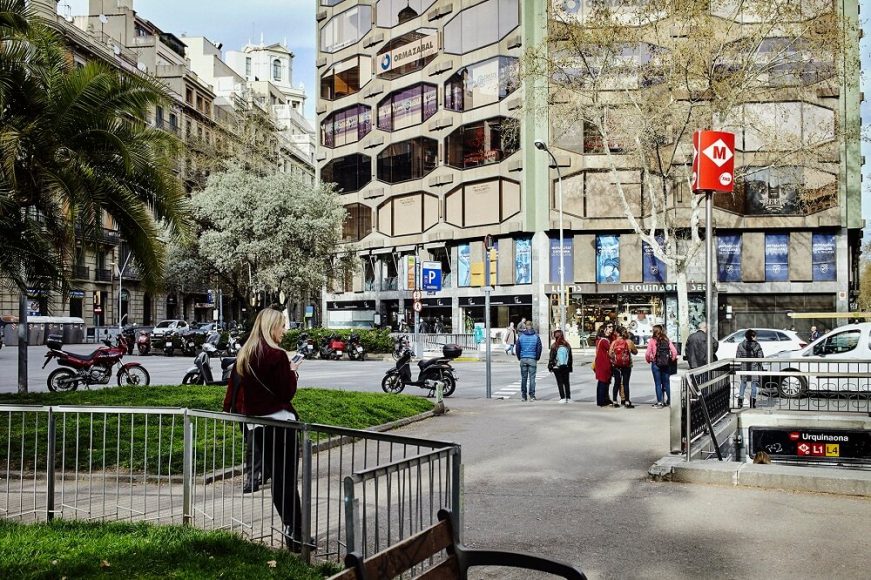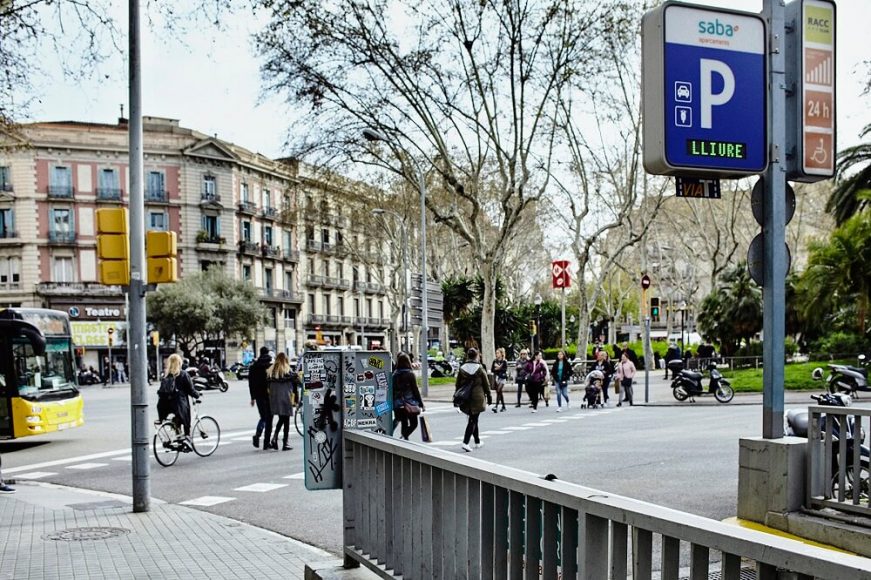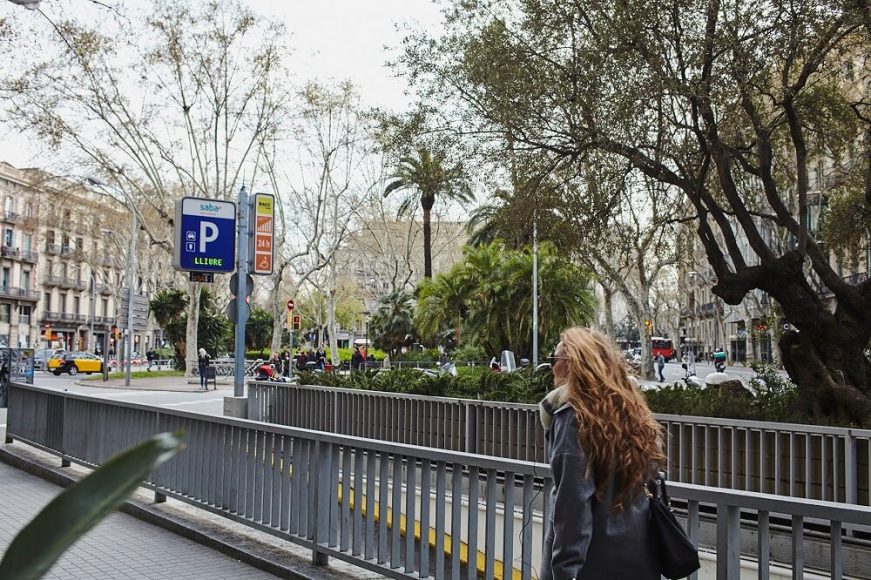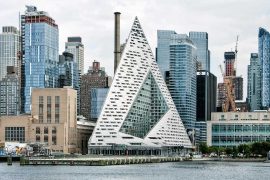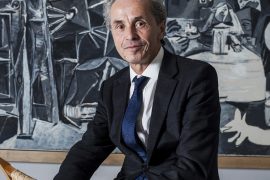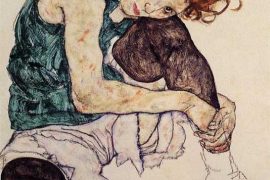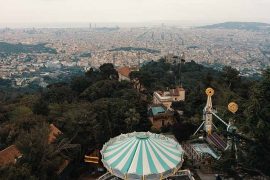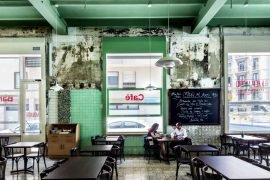In the late 20th century, the theories of postmodernism produced the term “non places”, spaces that are transitory and mutually exchangeable like airports, freeways, malls, train stations… The concept became so popular that now, as we start realizing the dark side of the hopes hidden behind postmodernity, it is easy to assume that everything reminds us of a non place or that we feel tempted to add the prefix “non-“ before any term. Maybe because transitoriness is embedded in anything that we tread on, like a stone in our kidneys. And despite everything, as we go through the idea of non place, we discover in it one particular trait that, despite its occasional grotesque overtones, it is not without charm.
Urquinaona is a non square, if I may be allowed to go over again the idea of the “non places”, a hackneyed stereotype. I have always found this square is quintessentially Barcelona-style. Maybe because its name has an appealing echo to it. It has a unique and vibrant sound to foreigners, inextricably linked to the city center (the square is named after a bishop, José María de Urquinaona y Bidot, who came to Barcelona in 1877, and is celebrated as the person who laid the first stone of the Sagrada Familia temple).
One of most common features in Plaça Urquinaona is waiting at the traffic lights, whether you walk, or drive, or even if you’re on a bus. Saying Urquinaona means waiting, and it makes things even funnier, as it brings the square nearer to life at an airport and also as a symbol of expectation of changes to come.
Maybe Urquinaona is a non square because it takes on the functions of a heart with multiple ventricles that never stop: some of the ventricles pumping up the Ronda de Sant Pere and Via Laietana, other ventricles leading to such streets as Pau Claris and Roger de Llúria. Other ventricles lead to the right side of the Eixample (is there any cardinal point more typical of Barcelona?) or to Ribera and Santa Caterina. Ventricles circulated by cars, buses, underground trains, motorbikes, bicycles and passers-by waiting at a thousand unconnected traffic lights.
One of most common features in Plaça Urquinaona is waiting at the traffic lights, whether you walk, or drive, or even if you’re on a bus. Saying Urquinaona means waiting, and it makes things even funnier, as it brings the square nearer to life at an airport and also as a symbol of expectation of changes to come. Sometimes, we wait for things to pick up, or for a situation to turn around. At this point, despite our attempts to be as hypermodern and ultramodern as we can, we can’t help waiting for something to happen. We ignore exactly what, although the panel indicating when the next bus will come is broken and the red light in the traffic light keeps us waiting and, incomprehensively, refusing to change to green.
As you wait at the Plaça Urquinaona, especially if you go on foot, one can’t help noticing its ugliness, a relevant feature that contributes to confirming its liquid modernity. It is an uncomfortable and awkward place to be in. So many things go up and down, over and underneath Urquinaona, all of them fast-moving, that even passers-by feel like rushing past it. But then we stop at the traffic lights, say the one at the corner of Teatre Borràs, a theatre founded in 1931, displaying a popular vintage-looking sign. We stop at the traffic light and continue scratching the back of that square that will reveal some of its intriguing mysteries. To our right, a building with a sinewy façade, a shielded-looking row of balconies connected to the corner, the Fàbregas building. According to Xavier Theros, this is the first Barcelona high-rise building, whose construction began in 1936 and was completed in 1944, a time as dark and gloomy as the square that hosts it.
Here, a kiosk (newsstands whose days are, by now, numbered); there, a parking lot for bicycles. Here, the metro exit. There, the entrance to a private car park. There, some pigeons; over there, the Font del Noi dels Càntirs (Boy with Water Pitcher Fountain)
From the corner of the Teatre Borràs, if we look ahead, beyond several lanes and a handful of traffic lights which force you to slow down your pace some more, we see that tower that, sometime in the past, must have been the pinnacle of architecture, but stands now as an architectural disgrace: a brown shadow, a high-rise skyscraper whose function seems now to stand as an embarrassing shadow in contrast to the harmonious buildings of the Eixample district, as a sad unfinished construction game with an awkward profile. This is a building of a rationalist vein, not necessarily soothing. This horrific building was finally finished in the 1970s, which corresponds to a time when any debate on urban landscape was non-existent.
The multiform architectural hotchpotch shrouding the square spreads like an oil slick over every nook and cranny. Banana trees planted next to palm trees. Traditional Eixample-style balconies over the bright lights of shops. Limp weed simulating green patches in contrast to dark tarmac sections for passers-by. Here, a kiosk (newsstands whose days are, by now, numbered); there, a parking lot for bicycles. Here, the metro exit. There, the entrance to a private car park. There, some pigeons; over there, the Font del Noi dels Càntirs (Boy with Water Pitcher Fountain). This fountain has a sculpture in the form of a boy carrying water pitchers, sleeves rolled up like a Tom Sawyer of sorts, as he drinks from a water pitcher, another one on the floor. The sculpture of this fountain, made by Josep Campeny i Santamaria, dates back to 1912. Such a shame that the boy with the pitcher cannot tell us what Urquinaona square was like one hundred years ago nor whether he has grown used to its incessant noise or the fact that nobody stops to contemplate the statue anymore. Such a shame that it cannot tell us whether he preferred it when Urquinaona was a place or when it became a non place. At least, none of the two pitchers from the fountain are broken.

